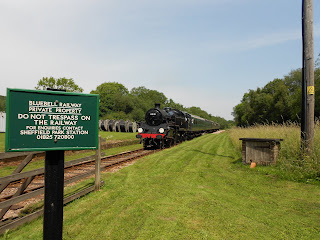Since leaving the excitement of London and waving farewell to Wimbledon we have driven up to the wilds of Scotland (an area known as the Highlands & Islands) to meet a distant male second cousin of Gary’s on his father’s side.
We travelled via Chester, Hexham, Glasgow, Applecrosss and Oban.
View over Applecross, Scotland Photo 2766
Having seen a BBC TV series on Applecross, it was exicting to be able to see the place. Driving there was a challenge it was on a single lane road (goat track) with signs stating the road was not suitable for caravans and closed during winter. Any on-coming traffic could only be passed at the passing points, spaced every half a mile. Adding to that was the fog so visablity was poor especially when naviagating the hair pin bends. The views of Applecross as we came down the hills were magnificant. Especially as there was no fog over that side of the mountain. It is a small village with one long road that runs along the beach front with small houses and a couple of shops.
Further on we stopped off at Oban for lunch
Photo of Oban town, photo 938 Oban is a beautiful fishing town now taken over by tourism.
Eventually we arrived in Badcaul. Gary has corresponded with the cousin’s wife for a number of years about family history but has never met either of them. Gary and his second cousins wife have been in deep discussions for a couple of days over the family tree in Yorkshire and exchanging family photos.
Photo looking over Loch Broom from front of the Gary's cousins house 977 g
The house in which they live and we stayed overlooks a lovely sea Loch - Little Loch Broom on the west coast of Scotland. It has been in glorious sunshine and a high temperature of 18 (a bit too warm for the locals).
With Gary’s relatives and their dog, we visited three of the local attractions in the highlands and islands region of Scotland.
Photo of tall ship in Ullapool Photo no 998 g
Ullapool is the nearest civilisation or town of any size. It was Tall Ships weekend in Ullapool, heralded by a bagpipes parade with a craft market of local products. some of the tall sailing ships that were racing from Glasgow to the Shetland islands put into Ullapool for the weekend.
For lunch we all had lovely fresh fish (black pudding –Gary) and chips from the local shop on the dockside.
Photo of salmon leaping Falls of Shin 2774 d
The other local attraction we visited was the Falls of Shin. Here you can see the salmon swimming upstream. The salmon leap up high out of the water in an effort to get over the falls, it is a sight to see. Although we were at the falls well before the high season, we still saw 6 to 10 salmon in a period of 15 to 20 minutes. It is of course quite easy to see them leap but not so easy to snap on the digital camera. Dorothy did a good job as shown here.
Photo of Fort George entrance drawbridge with tourist on the phone photo 982 g
Near Inverness and quite next door to the golf course that staged this year’s Scottish Open is a British military fort. Following the 1746 defeat at Culloden of Bonnie Prince Charlie, George II created the ultimate defence against further Jacobite unrest. The result, Fort George, is the mightiest artillery fortification in Britain, if not Europe. It is the only ancient momument in Scotland still serving its intended pupose,a working millitary barracks. It is still in use by the military so security is tighter than at normal tourism places but the fort is well worth the visit.
Photo of Fort George Chapel photo 986 g
It is a perfectly kept example of Georgian military construction. There is not a blade of grass out of place. On display are various examples of the life of the military soldier, from the 1760s through to WW1. There was little noticeable change over that period for the Scottish foot soldier.
Some detail in the text above was sourced from the Historic Scotland - Fort George web site (as they expalin the history much better!)





































